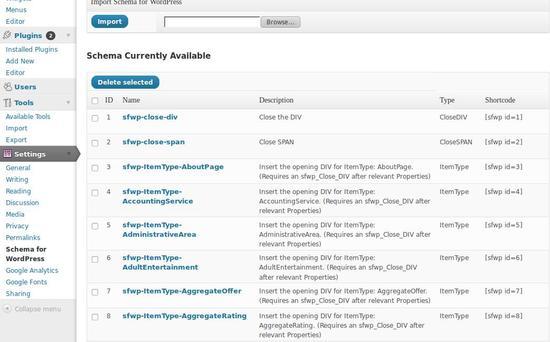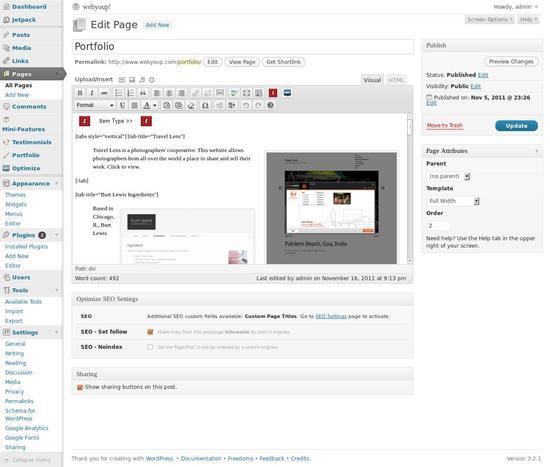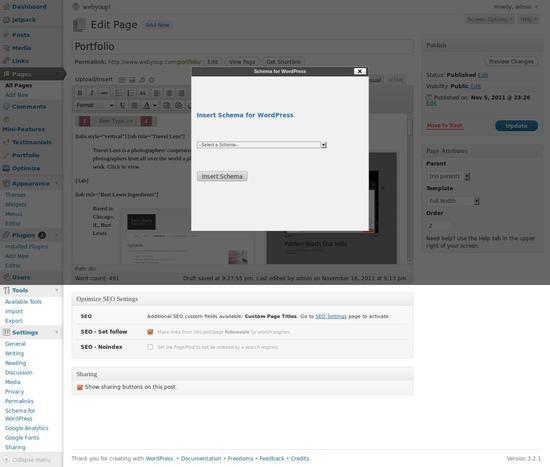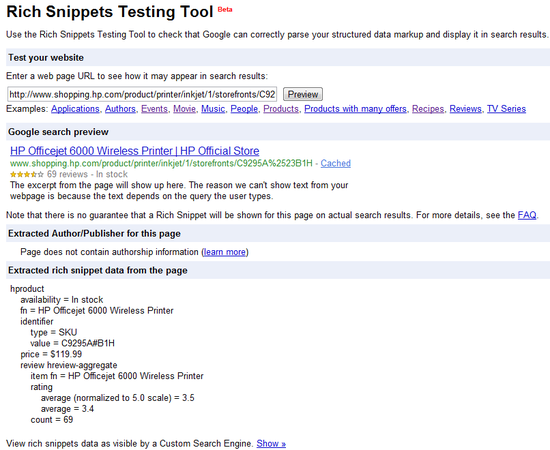- Backlinks Explained: Why Your Backlinks Aren’t Paying Off - April 10, 2024
- Boost Your Agency’s Credibility: A Guide to Online Reputation - April 10, 2024
- URL Slugs for SEO: A Comprehensive Guide - April 10, 2024
Not all SEO terminology is easy to decipher. Even a veteran in the industry can be confused by the language. So, let’s figure out what rich snippets and schemas are all about and how you can best utilize them.
Google recently teamed up with Yahoo and Bing (weird huh?) to develop a type of vocabulary, schema.org, that could be interpreted by each major search engine. This vocabulary ultimately creates a better experience for searchers regardless of their preferred search engine.
Rich Snippet Vocab
Snippet
The sample of a website a search engine shows on a SERP. Below is a snippet of SEO Group.
Rich Snippet
With the help of microdata, search engines can enhance search results with additional information. In this rich snippet for Grandma’s Green Bean Casserole Recipe, you can see user ratings, cook time, and the amount of calories per serving. Pretty awesome, right?
Microdata
By adding additional tags within HTML, you can inform search engines of specific information on the page whether it be a place, person, movie etc. Search engines can then pull this information into the search results snippets. Just think of microdata as the language search engines speak.
This is an example from schema.org of HTML code without microdata.
And this is an example of HTML with microdata
Notice “itemscope”, “itemtype”, and “itemprop.” Each attribute helps crawlers categorize the following information.
√ itemscope- Identifies that this portion of the HTML is about a particular item
√ itemtype- Specifies what the particular item is, referenced by the itemscope attribute
√ itemprop- Identifies properties of the item described in itemtype
Schema
A schema is a framework that helps organize information. In this case, it represents the vocabulary for microdata language. So for instance when a crawler sees “itemprop” a search engine says “Aha! Now you’re speaking my language.” Then when it sees =”director” the crawler then knows the following information describes the person who directs the actors and film crew.
Content That Benefits Most From Rich Snippets
There is a particular subset of content that benefits the most from using microdata for rich snippets. Currently, schema.org provides vocabulary for seven main categories:
√ Reviews
√ People
√ Products
√ Businesses and organizations
√ Recipes
√ Events
√ Music
Each of these categories offers content that can be easily structured within a rich snippet. Whether it be a band’s tour dates, the price of a product, or the phone number of a local pizzeria, all can be easily inserted into the snippet.
Are Rich Snippets Beneficial for SEO?
Google has officially stated:
“Google doesn’t use markup for ranking purposes at this time—but rich snippets can make your web pages appear more prominently in search results, so you may see an increase in traffic.”
Even though Google might not use rich snippets as a ranking factor, improving CTR rates is definitely an added benefit. The images, rating stars, and other unique information can make listings with rich snippets stand out from those without.
Some argue that rich snippets might even reduce click through rates because the searcher is finding exactly what they need in the SERP. For example, if I’m looking for the price of a pair of shoes and see it in the rich snippet, why would I need to click on the link? Others counter by saying rich snippets offer users more reasons to click on your webpage. Although the jury may be still out on this matter, I think rich snippets will help improve the user experience and invite more clicks. Keep an eye out for a few case studies testing the effectiveness in the near future.
How to Implement Microdata via WordPress
If you don’t know HTML and want to implement microdata for rich snippets, there are plugins out there for WordPress however, they require some manual labor. This particular plug in for WordPress requires deleting and manually importing the SQL table and data. But it’s worth the hassle. Here’s a step by step guide on how to install the WordPress Schema Plug In.
Instructions
Installing the plug-in creates a MYSQL table. The SQL data that needs to be imported in a secondary step will show an error. Therefore, you have to manually delete the MYSQL table created by the Plug in installation, manually install the table again, and then manually install the SQL data.
1. Download Plugin to desktop http://wordpress.org/extend/plugins/schema-for-wordpress/installation/
2. Extract Plugin to desktop
3. Upload and Install original Plugin on desktop
4. Log into my cPanel then into phpMyAdmin
5. Open database typically (_wrd1)
Find table wp_sfwp. Manually delete the current table wp_sfwp. Manually import table wp-sfwp from extracted plugin on desktop. Then Manually import sql wp_sfwp.sql.zip into this table.
If successful, under settings > Schema for WordPress your admin panel should look like this:
After successful installation, insert Schema using red S Button from WSIWIG editor.
Important: When editing a page or post – select the relevant schema using the S button.
Don’t forget to include a close div where the item finishes and a close span at the end of item properties. Both these commands are available through the Schema for WordPress button (or if that causes grief hard code div tags in).
Check Your Work with the Rich Snippit Tool
Google offers a Rich Snippets Testing Tool through their Webmaster Tools. Just enter your web page’s URL and see what it will look like in search results. You can see the Google search preview, the extracted author/publisher for the page, and the extracted snippet data. Here’s an example from Google Webmaster Tools for a preview for an HP Officejet Wireless Printer)
Tell Us About It
Rich snippets are relatively new, but many sites are already experiencing significant SEO benefits. There is still a lot of research to be done before we can make any definite conclusions on its effectiveness. So, if you’ve recently implemented microdata we’d love to hear about it! Share your progress with us at SEO Group.








